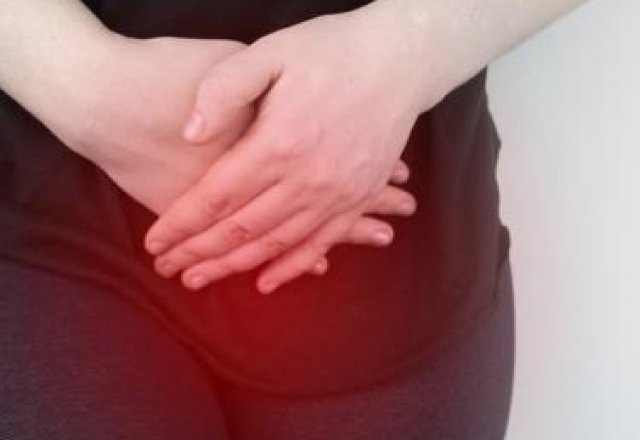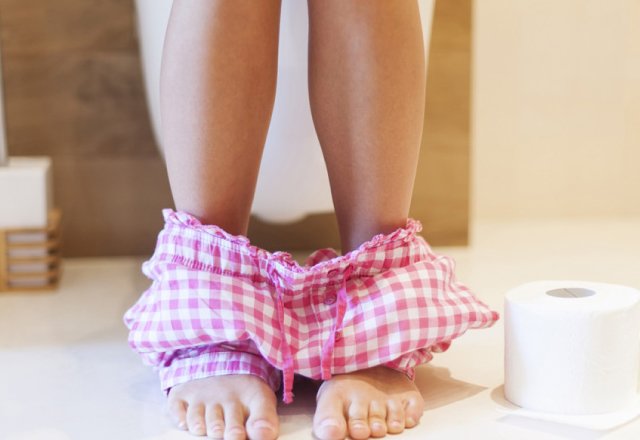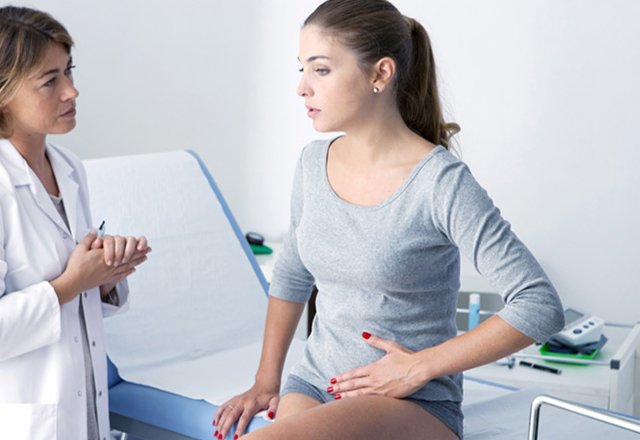Urinary Incontinence Treatment in Gurgaon
Urinary incontinence is the involuntary loss of urine or the inability to control urinary function. It can significantly impact an individual's quality of life, affecting their physical, emotional, and social well-being.

Types of Urinary Incontinence:
- Stress incontinence: This type occurs when the muscles that control the bladder become weak or damaged, often due to childbirth, aging, or hormonal changes. It is characterized by urine leakage during activities that pressure the bladder, such as coughing, sneezing, laughing, or lifting heavy objects.
- Urge incontinence: Also known as overactive bladder, urge incontinence is characterized by a sudden and strong urge to urinate, followed by an involuntary loss of urine. An overactive bladder muscle, nerve damage, or other underlying medical conditions can cause it.
- Overflow incontinence: It can be caused by conditions that block urine flow, such as an enlarged prostate in men or a tumour in the bladder.
- Mixed incontinence: Mixed incontinence is a combination of two or more types of incontinence, such as stress and urge incontinence.





